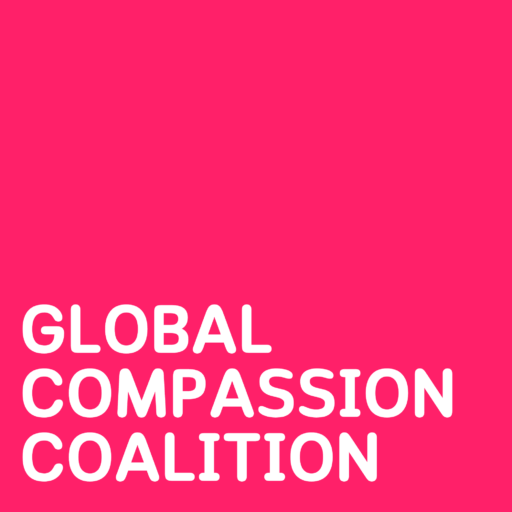For many thousands of years compassion has been regarded as the most powerful way to help us cope with the ups and downs of life, our tricky minds, our troubled relationships, and to promote well-being within and between us. However, it is only in the last 30 years that we have started to explore compassion in a scientific way and understand exactly what it is and how it works. This has helped us coalesce around a broadly accepted definition: compassion is awareness of suffering, the desire to alleviate or prevent it, and the wisdom to act accordingly.
Taking this approach we can see compassion as a basic motive. Motives are important because we can be motivated to be and do many different things. We are born with minds with multiple potentials: to be joyful or to be anxious; to be forgiving or to be vengeful; to be happy or to be depressed; to be helpful to self and others or to be harmful. So, compassion depends on the type of motive that is running our minds: whether we are being motivated to be self-focused and competitive or helpful and caring. Therefore we need to think about what sorts of motives and values we are pursuing. Presently we live in societies that encourage us to be competitive, to get ahead, and to protect our own interests. Research has shown that in the last 20 years, children have become more motivated and concerned with self-interest, wanting to be accepted and avoiding rejection, than they are with being helpful to others.
So, it’s important to recognise that compassion competes with different motivations within and between us. Next, we can think about how it actually works. For this, it helps to understand a little bit about how motives in general work in our bodies and brains. All motives have two basic processes. First comes the ability to detect and notice things around us that are important for the motive and then second is knowing what to do. We call this engagement and action. For example, if we are motivated by hunger we first detect food in the environment and then work out how to get it and eat it. A lion may know what food is but it also has to know how to hunt and kill its prey. Another example: if we are motivated to take a holiday then first we look for places where we might like to go and then work out how to book the holiday and actually get there.

The essence of this story is that intention is often not enough without action, and action must be wise and not impulsive. Let’s look at the examples of eating and the holiday gain. Lacking knowledge or wisdom I might find what looks like food and eat berries that poison me; or I might choose a holiday very quickly, not do my research, and end up finding that I have been put in a half-built hotel with a hole in the swimming pool! So we can have good intentions and desires but they are not necessarily followed by wise actions.
The motive for compassion is based upon caring and helping. In fact, there are many animals who care for and help their own kind, particularly their offspring. We now know that there are systems in our brains that are particularly attuned to helping us pay attention to suffering, be moved by it, and be motivated to do something about it. Technically speaking we call this an algorithm of if A then do B.
What is important is that compassion is the most courageous and wise of all our motives. This is because our first movement into compassion can be stressful. As an example, consider Covid. First, we had to become aware of what it was and what it did to our bodies. We developed tests to detect it. But that was only the first part. The next major thing we needed to do was to use our science to develop vaccines. Consider the courage and dedication of those scientists and volunteers who offered themselves to test the vaccine – risking getting the disease without knowing if the vaccine would work.
So we can be clear then that compassion has two parts to it. First, the ways in which we notice, pay attention to, and tune in to types of suffering and difficulty. But, if we just stay with this awareness we might get overwhelmed so we need the second part of compassion – thinking about how to be helpful – to direct our focus and utilise our motive. Sometimes that can be obvious and immediate but sometimes it takes a lot of hard work – developing a vaccine, for example, or launching an initiative to tackle poverty. Sometimes we might only be able to take very small steps, but we must realise that when thousands or millions of people take those small steps they soon turn into massive leaps.
Professor Paul Gilbert is Founder of the Compassionate Mind Foundation and member of the GCC Board. He is writing in a personal capacity.
This is the first of two articles from Prof Gilbert. In Part 2 he will look at how we use compassion to address global suffering and create a world in which people are cared for and thrive.
